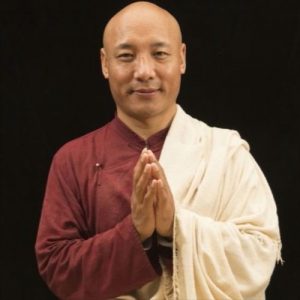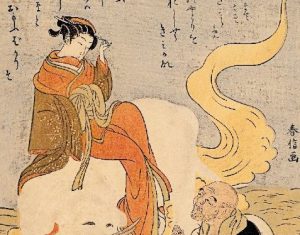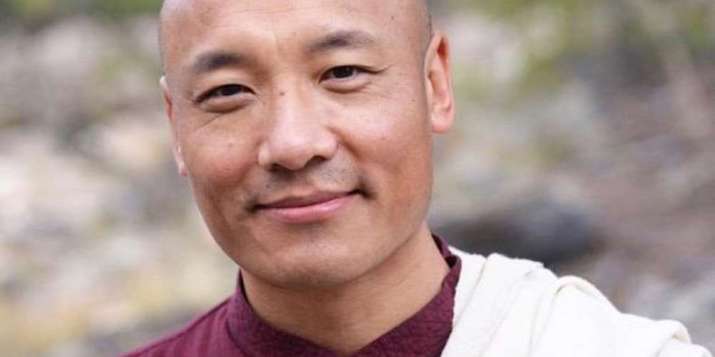
People in the West tend to be more aware of Tibetan lamas and monasteries from India or Nepal, and relatively few from Tibet itself. As early as the 1960s, many Westerners felt disenchanted with their own culture and, in search of enlightenment, went to India and Nepal and elsewhere. They not only studied Buddhism but became instrumental in inviting many lamas to their homelands. Around that time, even the famous Trappist monk Thomas Merton traveled to Asia to learn and practice Buddhism. Although outwardly he didn’t become a Buddhist, he was able to comprehend and appreciate the Buddhist teachings, which is clearly shown in his writings. Even many of the Westerners who did not travel to the East became serious Dharma practitioners and formed the basis of a Western Dharma society.
Today there are numerous Dharma centers in Europe and North America with vibrant sanghas or living communities of practitioners. Voluminous books have been translated from Tibetan into English and other European languages, and there are quite a few Western Dharma teachers who are further spreading the Buddhist teachings with relative success, drawing receptivity from people from different walks of life. Yet, with all these developments, most Western Buddhists still don’t have much in the way of connections with teachers and monasteries in Tibet. There are various factors behind this matter, but let me not get into that topic, which can be a whole theme in itself.
Holly Gayley, associate professor of Buddhist studies at the University of Colorado Boulder, has put together a book titled Voices from Larung Gar: Shaping Tibetan Buddhism for the Twenty-First Century, which was recently launched through Shambhala Publications. I believe that this is one of the few books that can really help people in the West know and understand more about some of the prominent Dharma teachers in Tibet and to learn about Larung Gar, the largest Buddhist monastery in the world today.
Prof. Gayley’s book contains translations of writings of some of the luminary masters from the monastery as well as scholarly essays written by American Tibetologists. It is indeed a lovely volume that can offer readers a good taste of what is happening with Buddhism in Tibet. It sheds light on a very important factor: that the lamas of Larung Gar are not only reviving the Buddhist tradition but are also giving new life to it in the 21st century, at a time when many cultures are going through challenges and radical change.
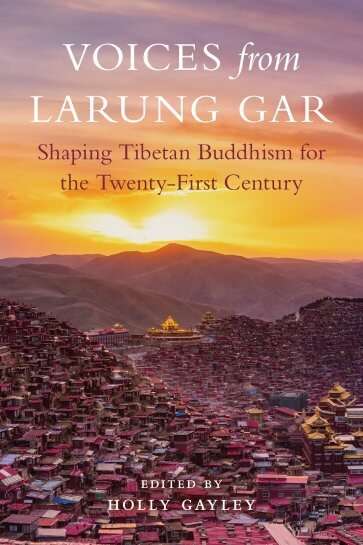
Undoubtedly, the main abbot of the monastery, Khenpo Tsultrim Lodro Rinpoche, is the epitome of this revival. He is one of the two or three most revered Tibetan lamas in the world today, and is not only an extraordinary Dharma teacher but an incredible scholar who is well-versed in modern science. There are few Buddhist teachers who are as accomplished and well-rounded. He is truly both a mahasiddha and a mahapandita. I have met Khenpo Tsultrim Lodro Rinpoche in person a few times. Seeing him makes one feel that there is hope in the world. This is a feeling that many have upon witnessing his bodhicitta in action. Everyone at Larung Gar—monks, nuns, and lay people alike—listens to him and follows him. He is a powerful force beyond the movement for preserving the Tibetan language and way of life. He not only encourages Tibetan people to practice the Dharma but also to adopt a healthy lifestyle.
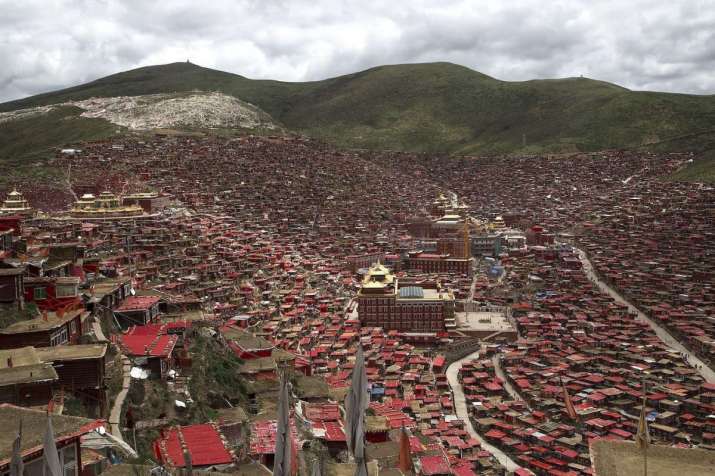
Prof. Gayley herself is a Dharma practitioner in the Vajrayana tradition with a deep love of Tibetan culture. Not only has she traveled to Tibet, she is someone who truly understands the spirit of Tibet. This is why she must have felt that such a book is needed in order to illuminate the single most important development in Tibet in our time. The story of Larung Gar is a miracle. In the 1980s, Larung Gar was pretty much an empty, nomadic pasture. Then His Holiness Khenpo Jigme Phuntsok began giving Dharma teachings, attracting many thousands of monastics. Soon it became the largest Buddhist monastery of our time. The great thing about the monastery is not just its quantity but its quality. It is known for monastics there keeping the precepts of the Vinaya, not just the main ones but also what are called the minor vows. When His Holiness Khenpo Jigme Phuntsok was alive, it is said that all his disciples around him became transformed and often exuded loving-kindness toward everyone who encountered them. This should be regarded as extraordinary for such a large monastery, where wild things can happen.
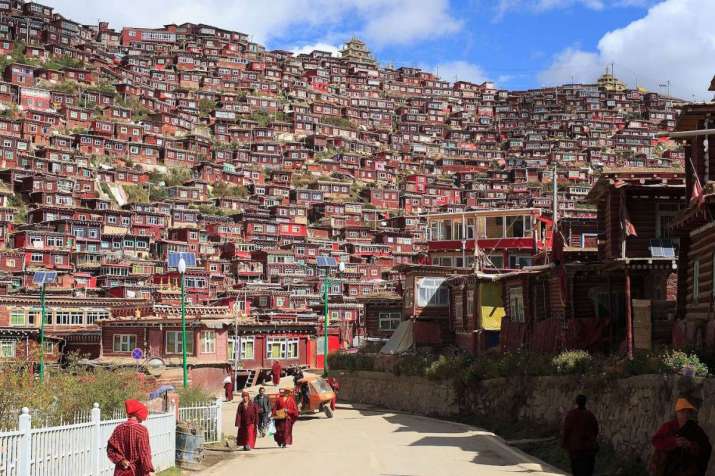
Larung Gar is also unique among other Tibetan monasteries. It is an egalitarian community where a council guides the whole monastery. There is no single official head of the monastery. The Dharma teachers there live not as some kind religious aristocrats but as true renunciates with much humility. No one at the monastery becomes a Dharma teacher for any other reasons but his or her own merit, meeting three traditional qualities: being noble, educated, and having a good nature. This is setting a healthy system for monasteries across all of Tibet. If Tibetan monasteries follow Larung Gar’s lead, Buddhism will thrive with the blessing to inspire people to practice the true Dharma.
I’m personally thankful to Prof. Gayley for putting this book together. If anyone is interested in learning about Larung Gar, as of today, this book is perhaps the best of its kind in the English Language.
See more


